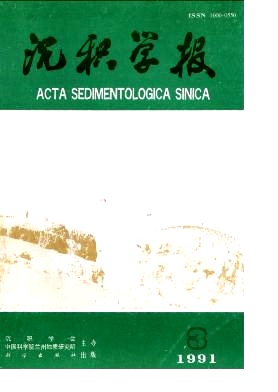Doubts of Nantuo Ice Age in Eastern Yunnan Province
- Received Date: 1989-06-27
- Publish Date: 1991-09-10
Abstract: The purplish-red diamicton of Nantuo Formation in eastern Sichuan is considered by the author as the origin of debris flows which has four featurs as follows. (l)The mixed and washed gravel layers are shown by the contents of gravels, the washed layers contain 25-30 percent of gravels while the mixed ones 5-20% percent. The mixed layer was formed by debris flow and then some of the matrix and granules on the top of it were washed away by mountain streams, so the washed layer was formed.(2)There are a lot of lenticular sandstones in the purple diamicton, as the mineral composition, texture and structure of the lenticulars are astonishingly similar to those of the sandstones in alluvial fans of Chengjiang Formation, the origins of them should be the same.(3)Boulders are more rich in the upper part of the diamicton and (4).there are a great many of collisional pots on the gravel surface, it might be caused by the colliding and floating inter gravels during the flowing of debris flow . At least 7 or 8 actions of debris flow can be recognized based on the depositibnal features of the diamicton. Two subfacies can be divided of the diamicton which are debris flow channels in the west of Xiaojiang fault and debris fans in the east of the fault. The palaeocurrent direction of debris flow is in accordance with the alluvial facies of Chengjiang Formation, i. e. from west to east. In Nantuo Period, the palaeolatitude of eastern Yunnan Province was 16.9° N, Combined with palaeoclimatical data, the palaeoclimate then should be hot rather than cold. So the being of Nantuo Ice Age is doubtful.
| Citation: | Zu Guoquan. Doubts of Nantuo Ice Age in Eastern Yunnan Province[J]. Acta Sedimentologica Sinica, 1991, 9(3): 130-138. |






 DownLoad:
DownLoad: